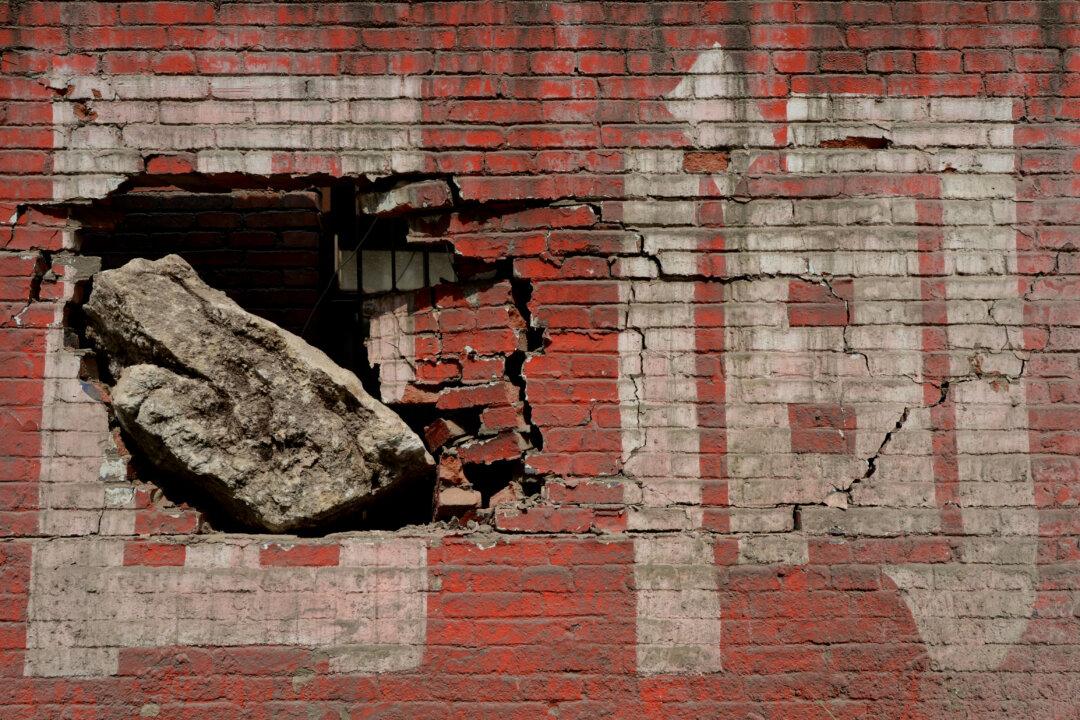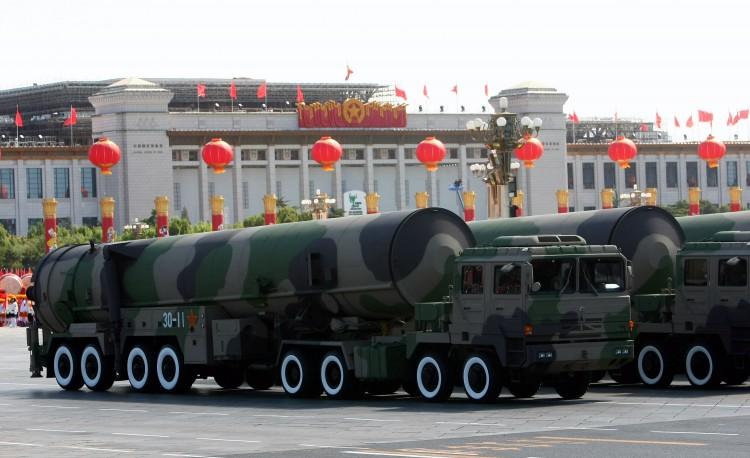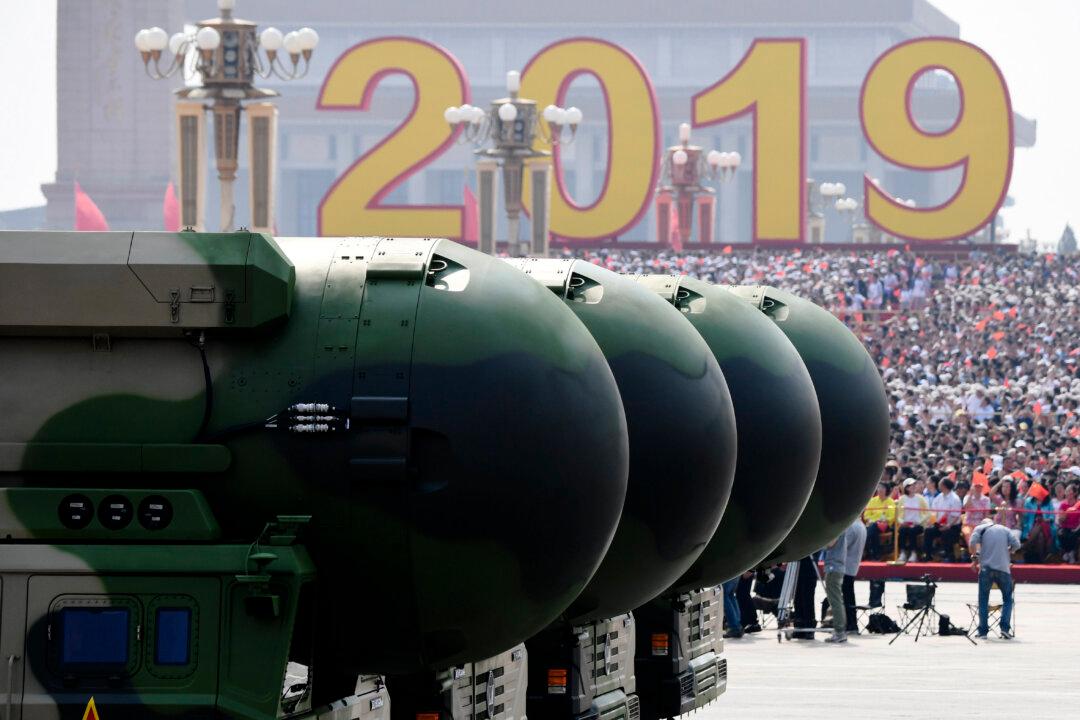Heartless love, depopulated villages. Flying with one wing, falling into a well—we are told this is “progress.”
The above may sound like opening lines to stories about calamities or Kafkaesque dystopias, but they are in fact all valid and perhaps unavoidable interpretations of modern Chinese writing.

Classical Chinese calligraphy penned by an 8th century Japanese empress. Wikimedia Commons




